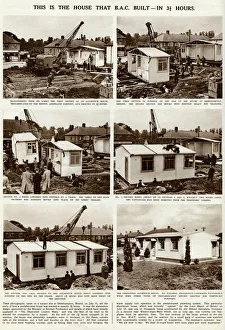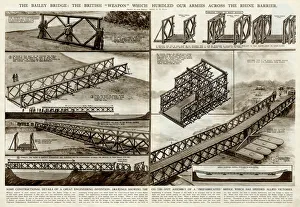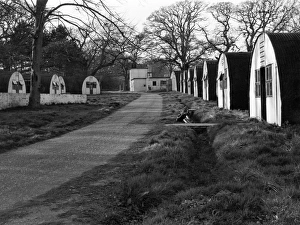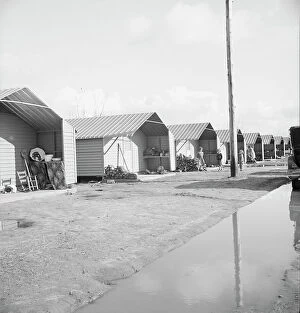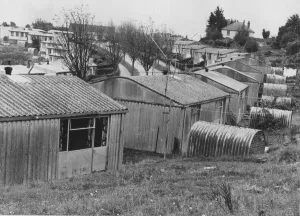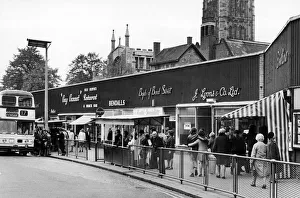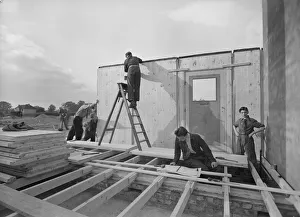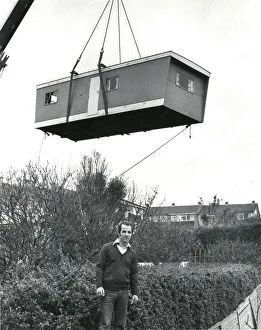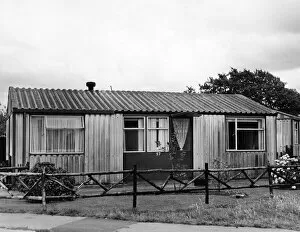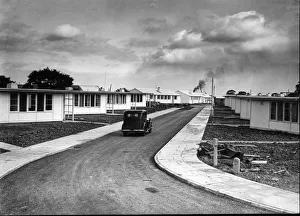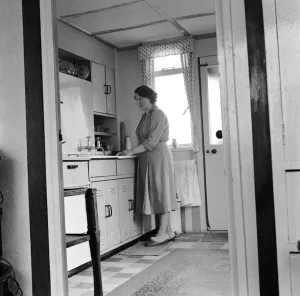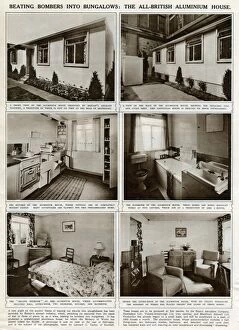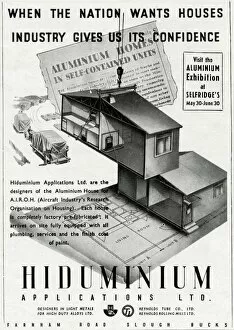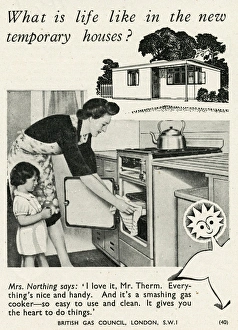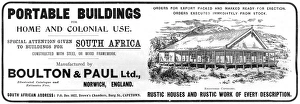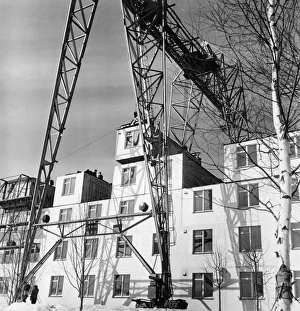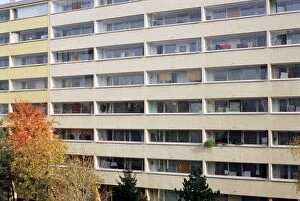Prefab Collection
"Revolutionizing Construction: The Rise Homes" In 1945, the world witnessed a groundbreaking feat as prefabricated houses were built in just three hours
All Professionally Made to Order for Quick Shipping
"Revolutionizing Construction: The Rise Homes" In 1945, the world witnessed a groundbreaking feat as prefabricated houses were built in just three hours. This remarkable achievement marked a turning point in the construction industry, showcasing the efficiency and speed that prefab homes could offer. One notable example of this innovation was seen during World War II when Bailey Bridges played a crucial role in ensuring victory. G. H. Davis designed these portable bridges, which were assembled swiftly using prefabricated parts, enabling troops to cross the Rhine River with ease. The concept extended beyond military applications. In Stockheath Boys Club, young minds thrived within prefabricated aluminum homes constructed in 1945. These affordable dwellings provided comfortable living spaces for families across the nation. Post-war years brought further advancements, including an ideal kitchen design unveiled in 1946 (P_H00004_001). This modern marvel showcased how prefab structures could incorporate functional and stylish elements seamlessly. Promoting progress and development, adverts for Hiduminium houses emerged in 1945. These temporary homes served as stepping stones towards rebuilding communities devastated by war – offering hope and shelter to those affected. Assembling pre-fabs became a common sight across Britain; one captivating image (P_H00043_005) captured the determination and teamwork involved as individuals worked together to create new beginnings from modular components. Cadewell, Torquay witnessed postwar pre-fabs flourishing throughout the 1960s - testaments to their enduring popularity and adaptability even after decades had passed since their initial introduction. Unprecedented scale was achieved when two colossal prefabricated ports were manufactured on British soil – each rivaling Gibraltar's size. Such monumental achievements demonstrated not only Britain's engineering prowess but also its commitment to embracing innovative solutions on a grand scale. Prefabrication didn't solely focus on residential buildings; it extended into commercial spaces too.

